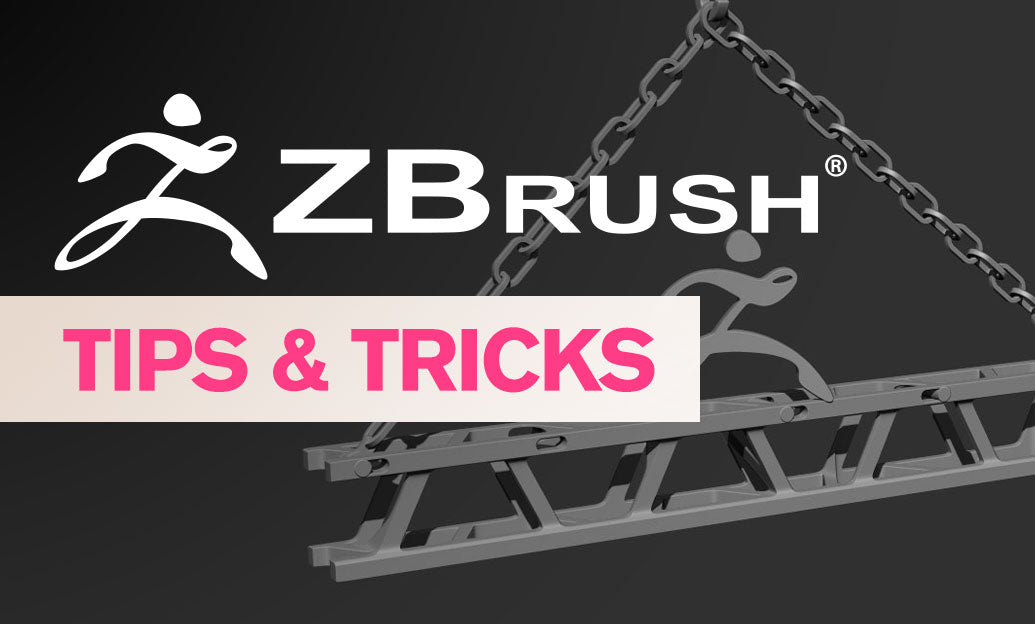Your Cart is Empty
Customer Testimonials
-
"Great customer service. The folks at Novedge were super helpful in navigating a somewhat complicated order including software upgrades and serial numbers in various stages of inactivity. They were friendly and helpful throughout the process.."
Ruben Ruckmark
"Quick & very helpful. We have been using Novedge for years and are very happy with their quick service when we need to make a purchase and excellent support resolving any issues."
Will Woodson
"Scott is the best. He reminds me about subscriptions dates, guides me in the correct direction for updates. He always responds promptly to me. He is literally the reason I continue to work with Novedge and will do so in the future."
Edward Mchugh
"Calvin Lok is “the man”. After my purchase of Sketchup 2021, he called me and provided step-by-step instructions to ease me through difficulties I was having with the setup of my new software."
Mike Borzage
Revit Tip: Efficient Use of Constraints and Dimensions in Revit for Accurate BIM Modelling
September 20, 2024 2 min read

In the world of BIM, precision and accuracy are paramount. One fundamental way to ensure your Revit models maintain their integrity is through the correct use of constraints and dimensions. Here's a concise guide on leveraging these tools effectively within Revit:
Understanding Constraints and Dimensions
Constraints and dimensions are essential tools in Revit that help you control the geometry and relationships within your model. They ensure that your design intent is preserved throughout various stages of the project.
Constraints
- Alignment Constraints: Use the Align tool to create alignment constraints between elements. For example, aligning walls or other structural elements.
- Lock Constraints: After alignment, use the lock icon to lock the alignment, ensuring that the relationship stays intact, even if elements are moved.
- Equality Constraints: Use the Equality constraint to maintain equal spacing between multiple elements. This is helpful for evenly spacing windows or columns.
Dimensions
- Temporary Dimensions: By default, Revit shows temporary dimensions when you select an element. You can click on these dimensions to edit them and then press Enter to make the changes permanent.
- Permanent Dimensions: These can be added by selecting the Annotate tab and using the Dimension tool. Permanent dimensions provide a stable reference for your design.
- Editing Dimensions: Click on a dimension text and type a new value to modify the dimension. This adjustment will move the associated elements accordingly.
Best Practices
- Consistency: Always use constraints and dimensions in a consistent manner throughout the project to maintain design integrity.
- Coordination: Regularly review and update constraints and dimensions to ensure they align with the design changes and project requirements.
- Documentation: Clearly document any critical constraints and dimensions in project notes to facilitate communication with your team.
To learn more about how to utilize Revit's full suite of tools for your projects, check out NOVEDGE for a wide range of software solutions and resources. Stay tuned for more tips and tricks to enhance your Revit experience!
You can find all the Revit products on the NOVEDGE web site at this page.
Also in Design News

ZBrush Tip: Mastering the Chisel Organic Brush for Realistic Digital Sculpting in ZBrush
February 18, 2025 2 min read
Read MoreSubscribe
Sign up to get the latest on sales, new releases and more …




